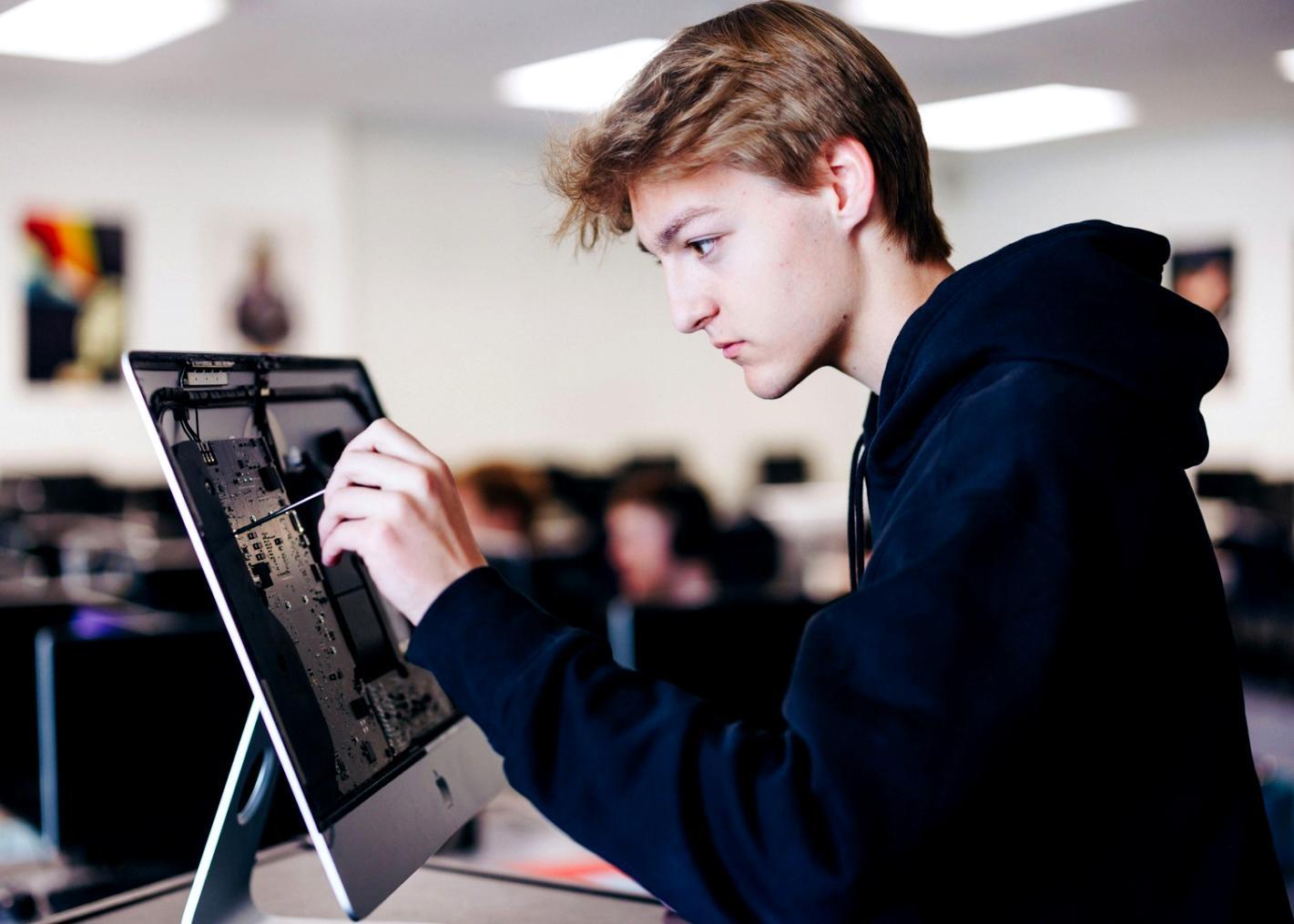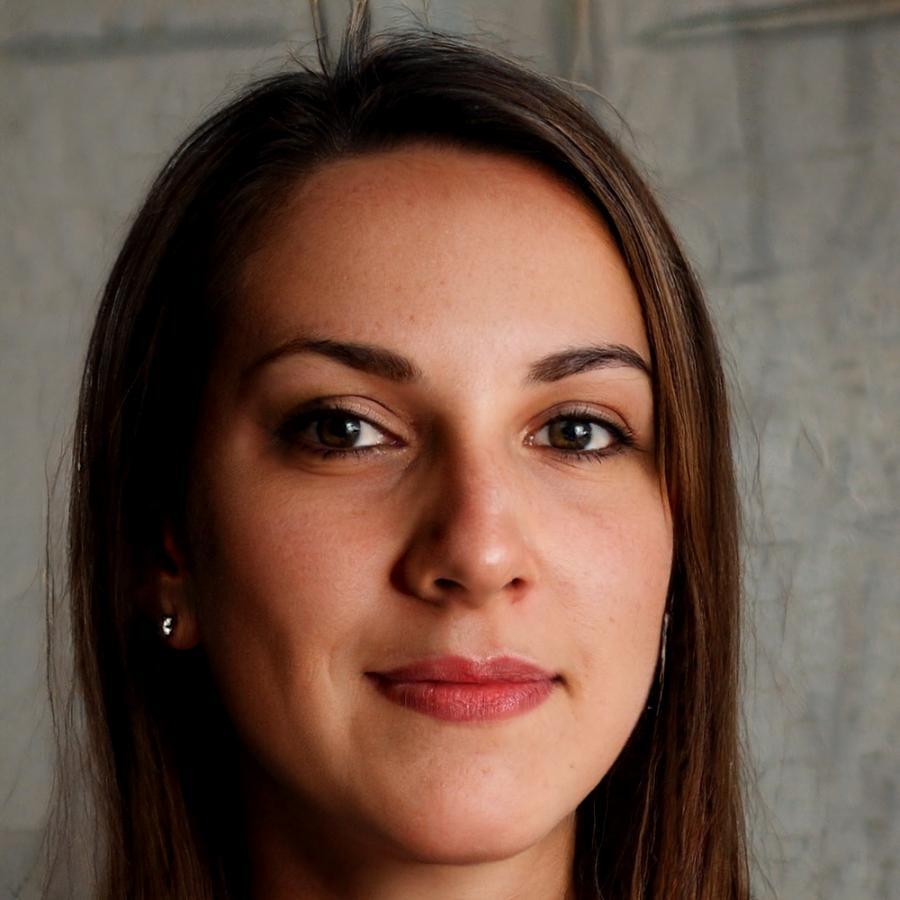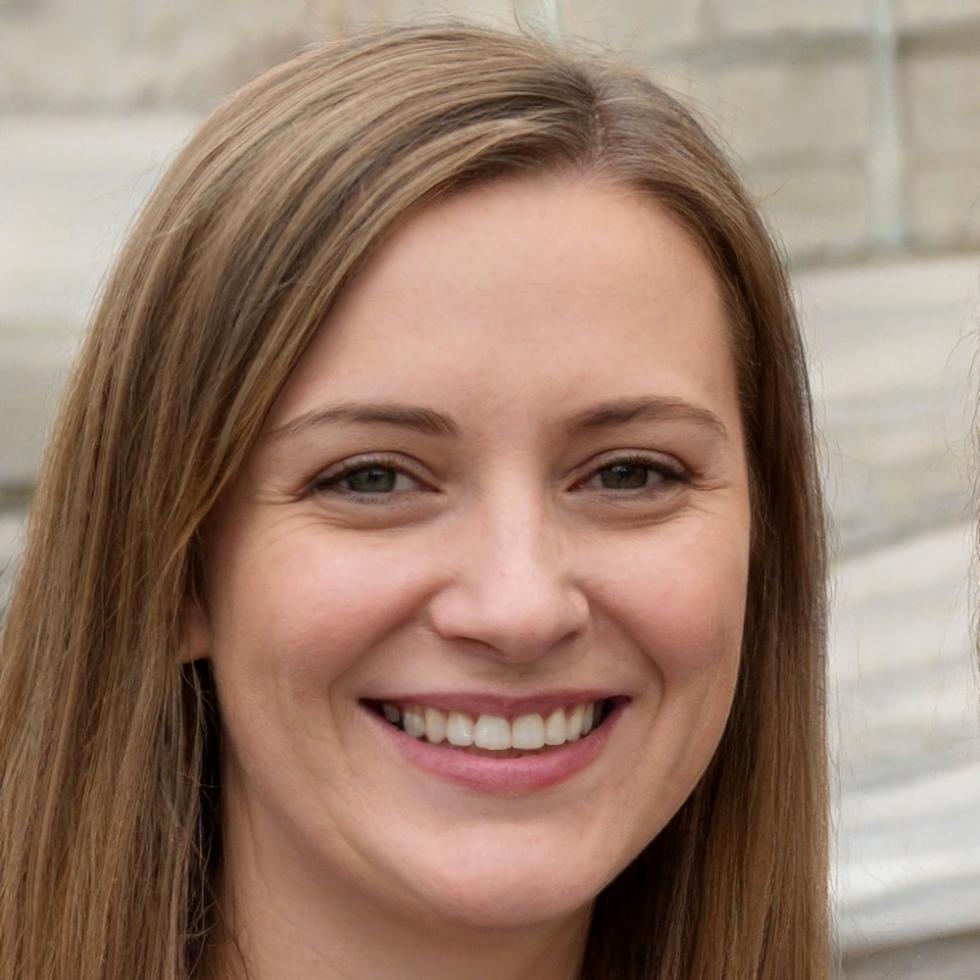Game Character Modeling Program
We built this program for people who want to actually work in game development. Not a quick certificate course—this is seven months of focused training where you'll learn the same workflows studios use every day.
Learn by making things that matter
Your time here isn't spent watching endless tutorials. From week two, you're building characters. Small projects at first—props, simple models, things you can finish and show. Then bigger challenges. By month four, you're tackling full character designs.
We've had students arrive with zero 3D experience. Some were graphic designers looking to shift careers. Others came from completely unrelated fields. What they shared was curiosity and willingness to put in the hours.
The program doesn't promise overnight transformation. But if you show up consistently and work through the frustrating parts—and there will be frustrating parts—you'll walk away with a portfolio that shows real capability.

What you'll actually learn
Seven months divided into focused modules. Each builds on what came before, so you're not jumping around randomly trying to figure out what matters.
Foundation & Fundamentals
Getting comfortable with Blender's interface takes longer than you'd think. We spend the first weeks making sure you understand how navigation works, how modifiers function, and why topology matters before you even think about characters. You'll build simple objects—weapons, furniture, environment pieces—to nail down the basics.
Character Modeling Techniques
Here's where it gets interesting. You start with stylized characters because they're more forgiving, then gradually move toward realistic human anatomy. Edge flow, muscle structure, facial proportions—these aren't theoretical concepts anymore. You model them, break them, and model them again until they look right.
Texturing & Material Creation
A grey model sitting in default lighting tells nobody anything. You learn UV mapping—probably the most tedious part of the whole process—and then move into Substance Painter. Creating skin textures, fabric details, weathered metal surfaces. The difference between a student project and professional work often comes down to how well this stage is executed.
Portfolio Development
The last two months focus on building pieces you'd actually want to show. You pick character concepts, plan them properly, execute them start to finish. We review every stage—not to criticize, but to help you see what recruiters and art directors look for. By the end, you have four to six solid pieces ready to present.
Who teaches this
Both instructors currently work in the industry. They're not full-time teachers who left game development years ago—they're active artists who happen to enjoy helping people learn.

Layla Refaei
Lead Character Artist
Layla spent eight years working on AAA titles before moving to smaller indie projects. She's opinionated about topology and won't let you skip proper retopology steps. Her feedback sessions can be intense, but students say they learn more in those 30 minutes than watching hours of generic tutorials.

Samira Hosny
Technical Artist
Samira bridges the gap between art and technical requirements. She knows exactly what game engines need, which details matter for real-time rendering, and how to optimize without destroying visual quality. She runs the texturing modules and helps students understand why their beautiful high-poly models need to become efficient game-ready assets.
When it starts
The autumn 2025 cohort begins in September. Classes run twice weekly in the evenings—Tuesdays and Thursdays from 7 PM to 10 PM Cairo time. That schedule seems to work for most people juggling jobs or other commitments.
Upcoming Program
Start Date: September 16, 2025
End Date: April 14, 2026
Duration: 28 weeks (7 months)
Format: Live online sessions with recorded access
